Australia’s most deadly and destructive bushfires
History's most devastating blazes
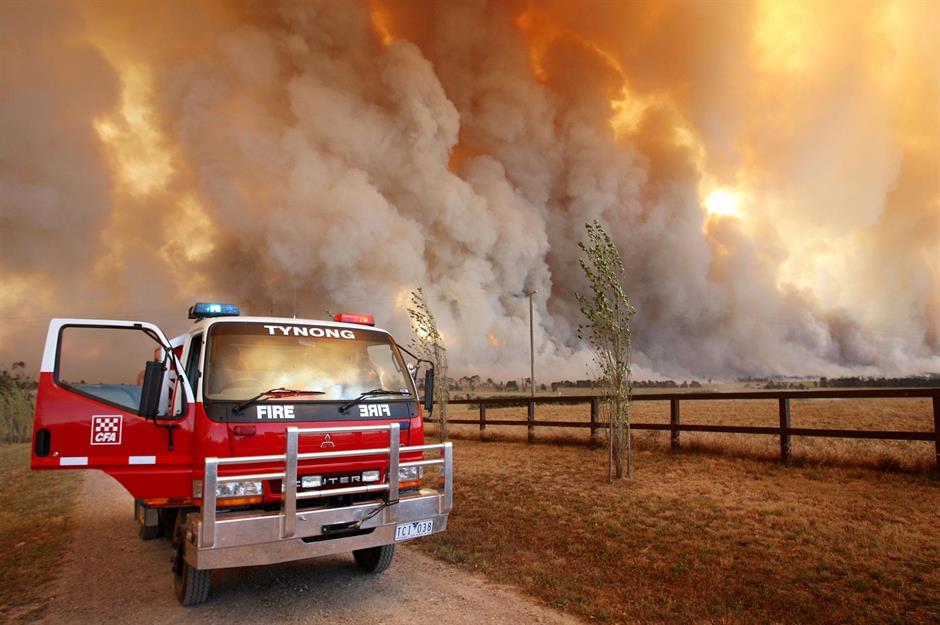
Wildfires have ravaged the Australian landscape since time immemorial, and while these blazes can be a natural part of the nation's ecology, they often result in devastating loss of life and serious injuries, as well as damage to property and swathes of farmland. Worryingly, the severe bushfires that raged through the Australian summer of 2019/20 showed that climate change is turning parts of the country into a tinderbox, exacerbating bushfire risk. With El Niño bringing hot and dry conditions to the country once again we take a look back in time at the most catastrophic conflagrations ever.
1851: Black Thursday bushfires
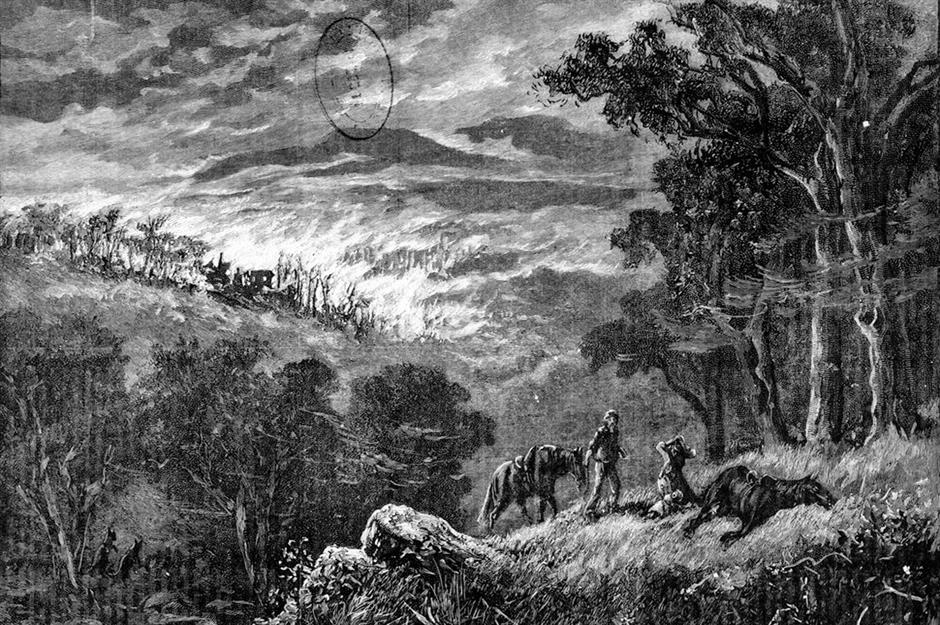
Around 50 million hectares (123 million acres) of land are scorched across Australia each year typically and about 80% of bushfire-affected areas are in northern savannah regions. But, the majority of deaths occur in Victoria, which is of course considerably more populous. Among the worst was the inferno of 6 February 1851, now known as Black Friday.
1851: Black Thursday bushfires
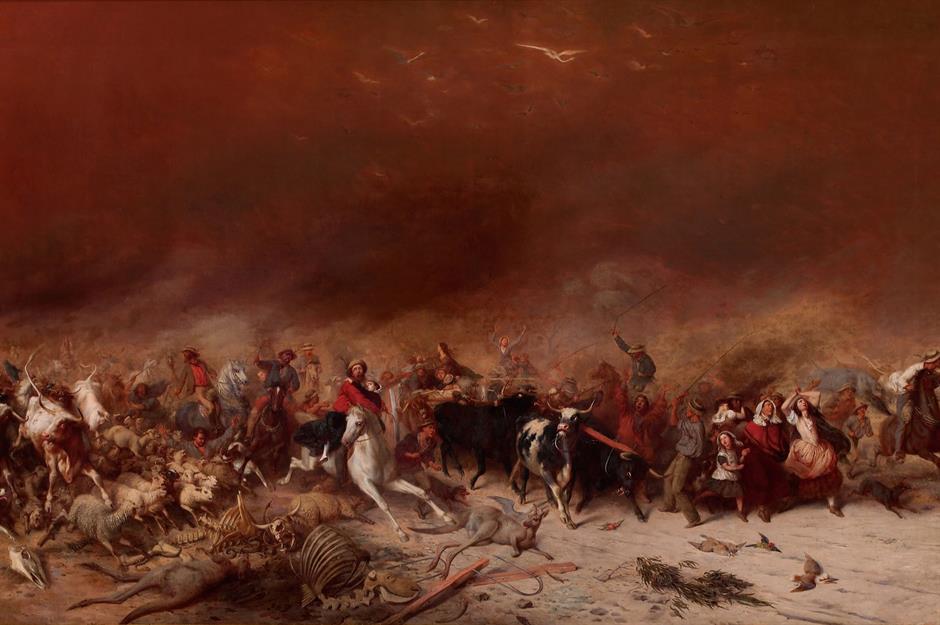
A long period of drought, an intense heatwave coupled with strong desiccating northerly winds provided the perfect bushfire conditions, in what is now Victoria (the state was formally established in July of that year). The bushfires were reportedly started in the Plenty Ranges after a pair of cattle drivers left logs burning in a bone-dry field. The inferno consumed 5 million hectares (12.3 million acres) making it the most extensive in modern Australian history.
1851: Black Thursday bushfires
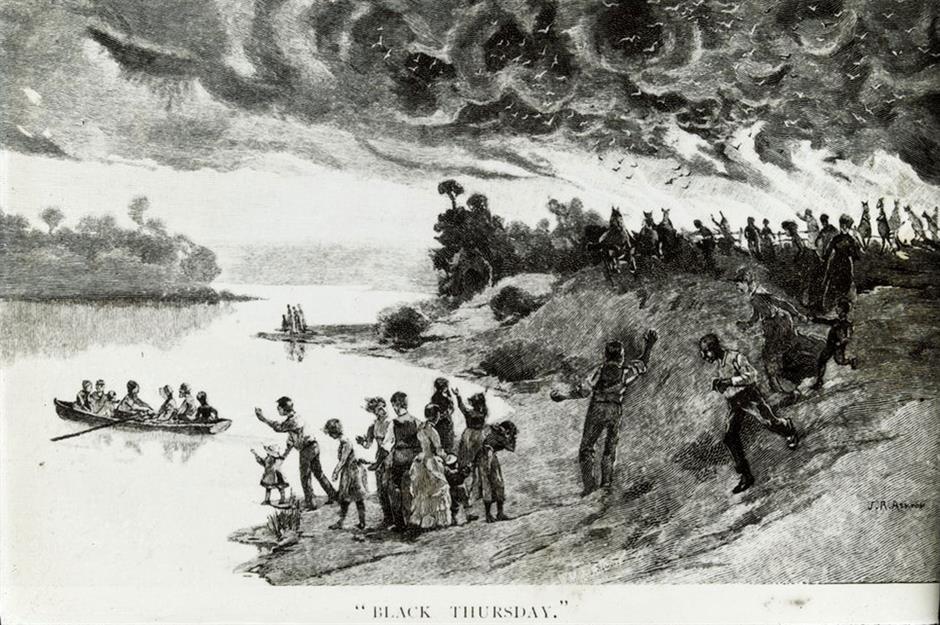
Worst of all, 12 people were killed in the fires, which were especially devastating in the Dandenong, Heidelberg, Plenty Ranges, Portland, Westernport and Wimmera districts, although the thick smoke reached as far as northern Tasmania. Animals suffered greatly with one million sheep and thousands of cattle lost, along with myriad wildlife.
Love this? Follow our Facebook page for more travel inspiration
1898: Red Tuesday bushfires
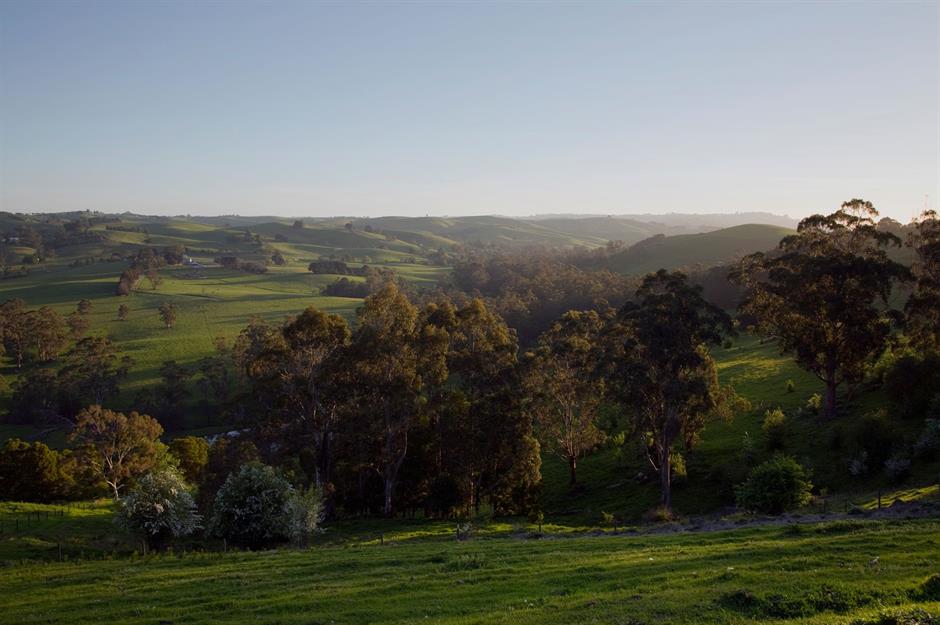
1898: Red Tuesday bushfires
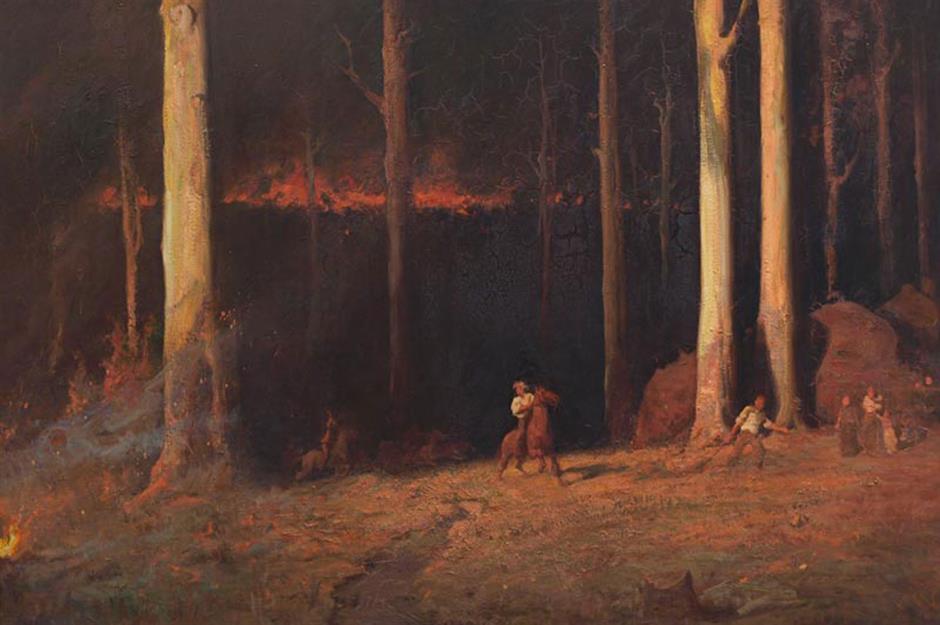
The fires, which most affected the areas around Cranbourne, Neerim South, Poowong and Traralgon, incinerated 260,000 hectares (642,473 acres). They peaked on 1 February 1898, a day that has become known as Red Tuesday. Twelve people were killed and 2,000 buildings destroyed.
1898: Red Tuesday bushfires
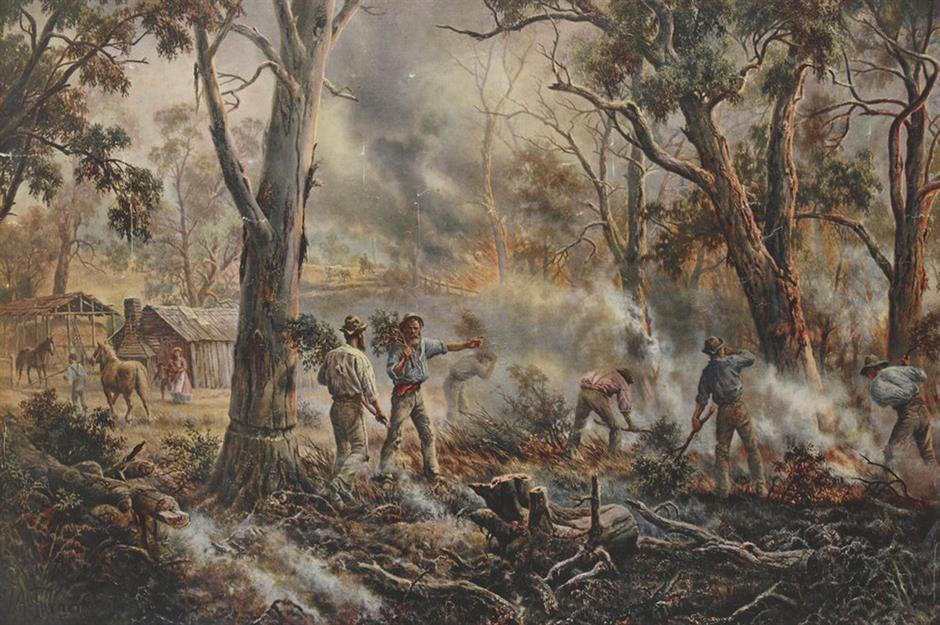
1926: Victoria bushfires
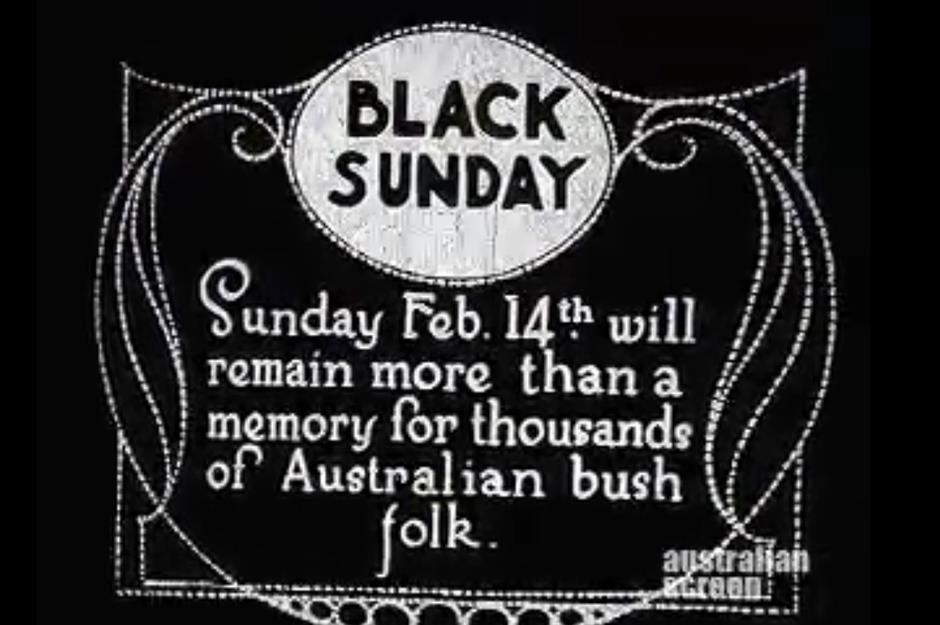
1926: Victoria bushfires
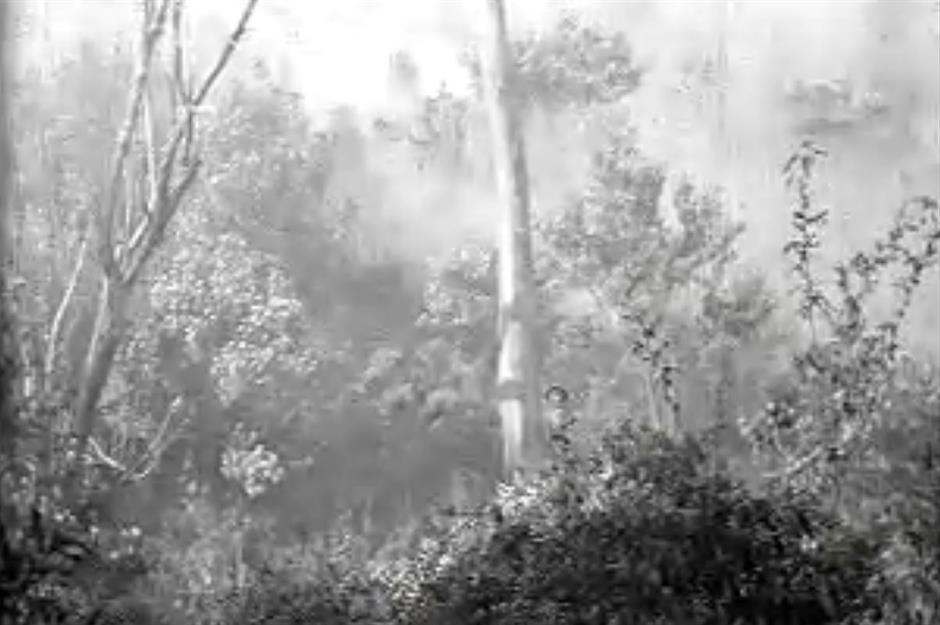
1926: Victoria bushfires
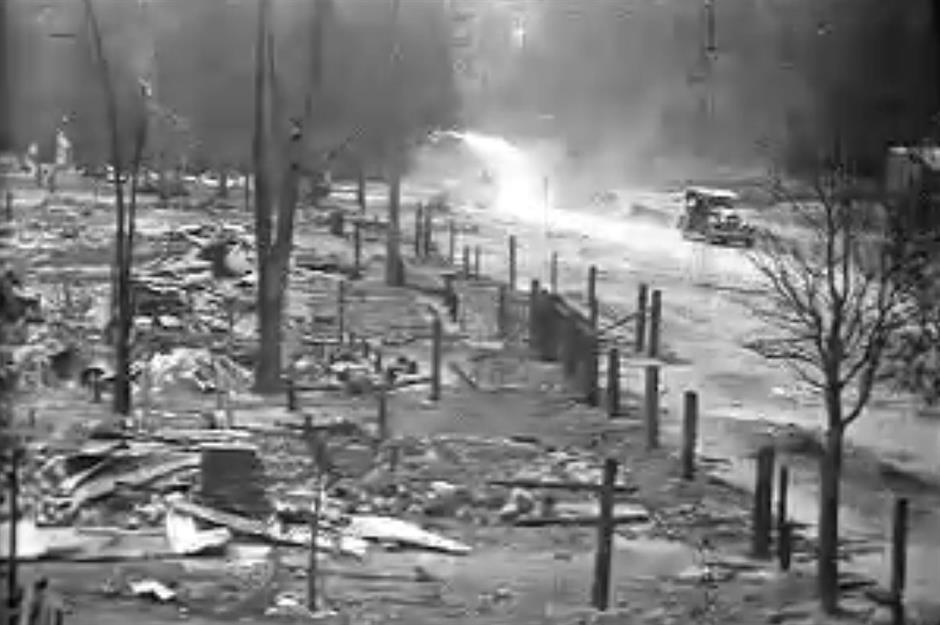
1939: Black Friday bushfires
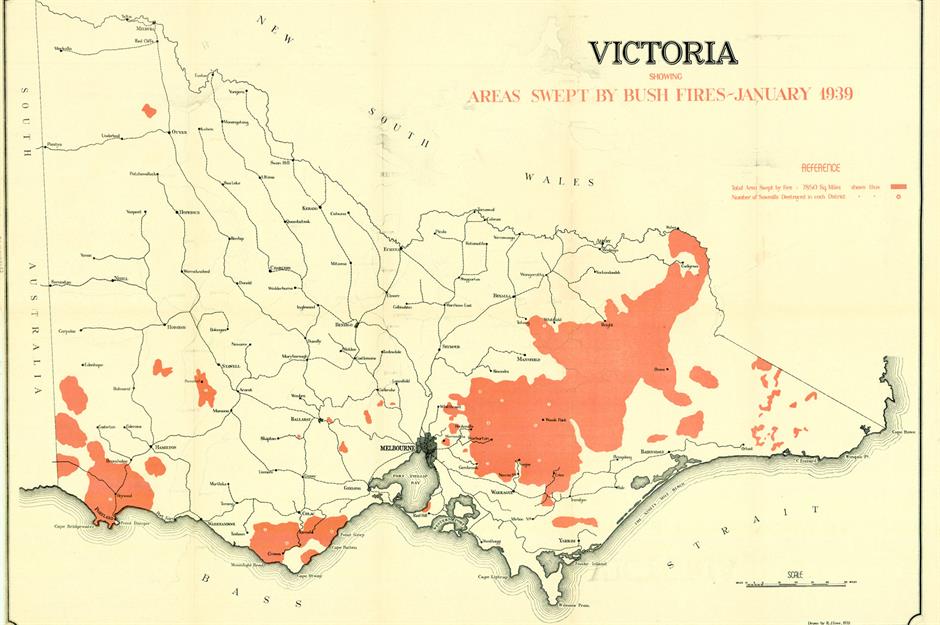
1939: Black Friday bushfires
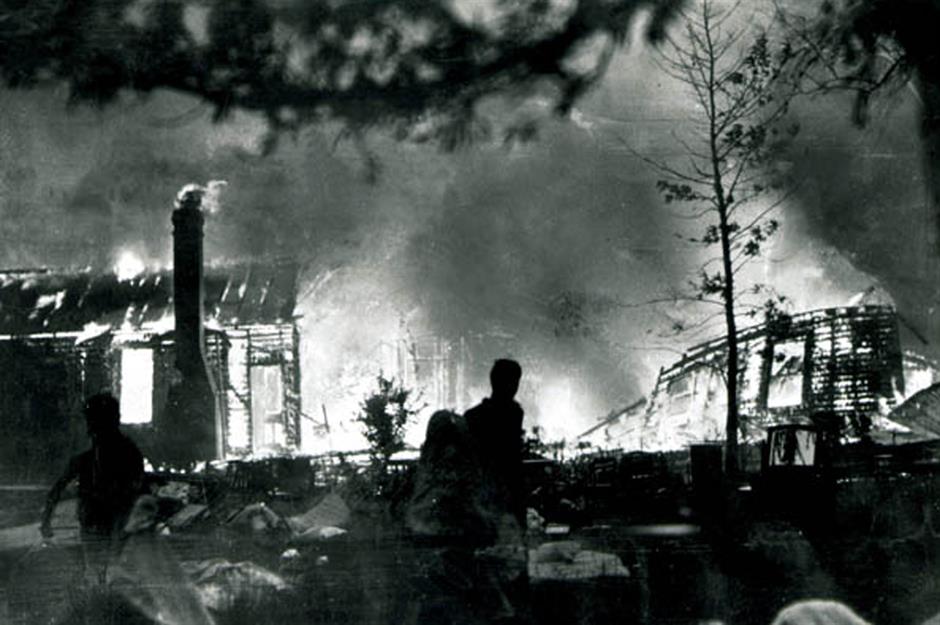
1939: Black Friday bushfires
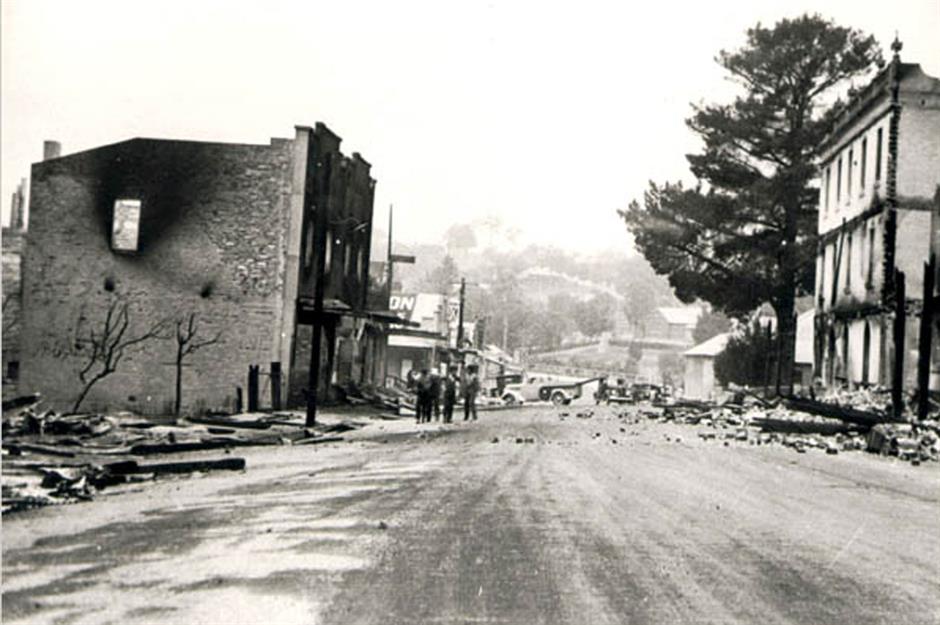
1943-44: Victoria bushfires
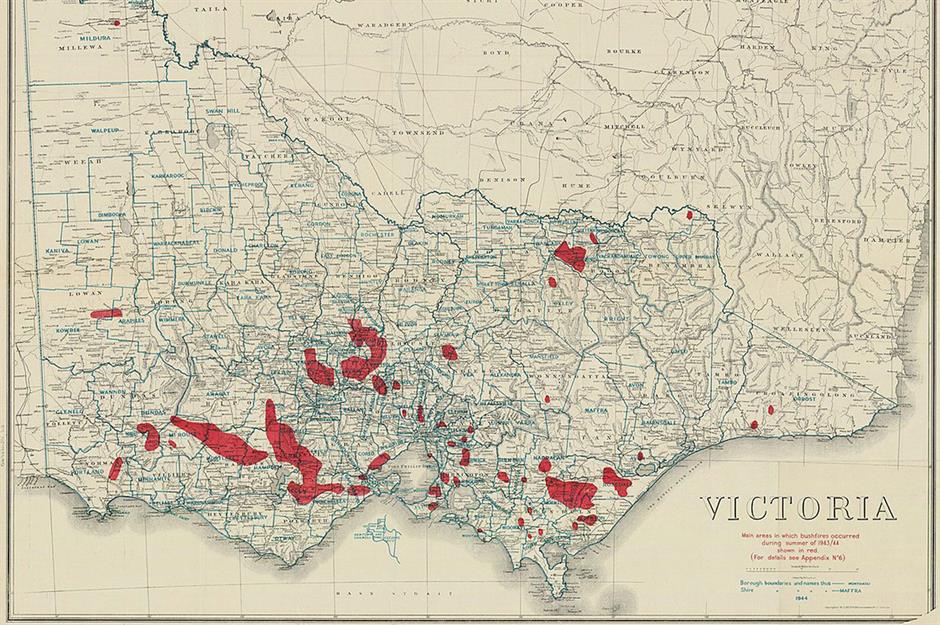
Numerous bushfires burned in western, central and southern Victoria from late December 1943 to mid-February 1944. The summer was blisteringly hot and one of the driest on record with northerly winds acting like a blowtorch on the parched landscape.
1943-44: Victoria bushfires
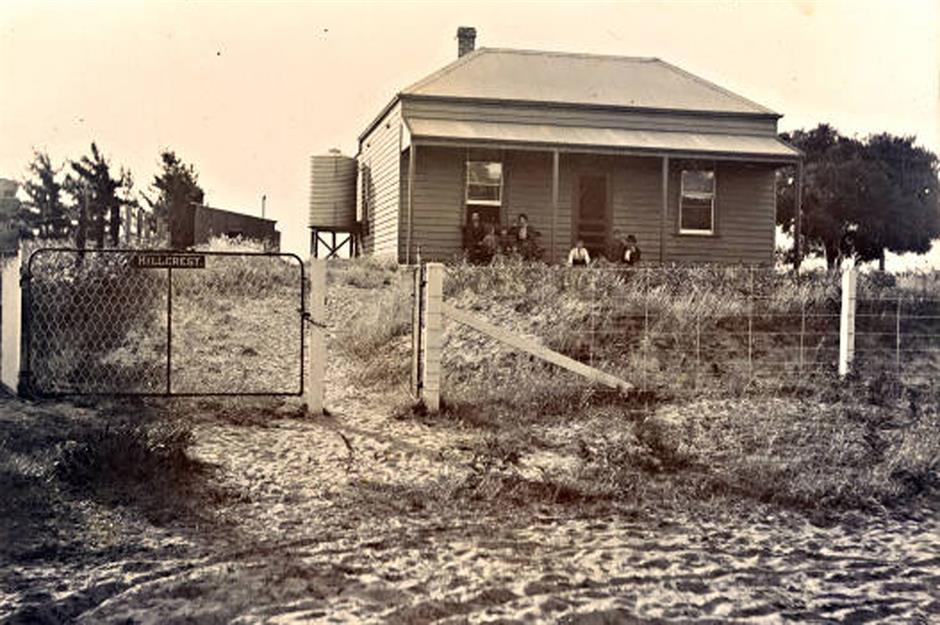
1943-44: Victoria bushfires
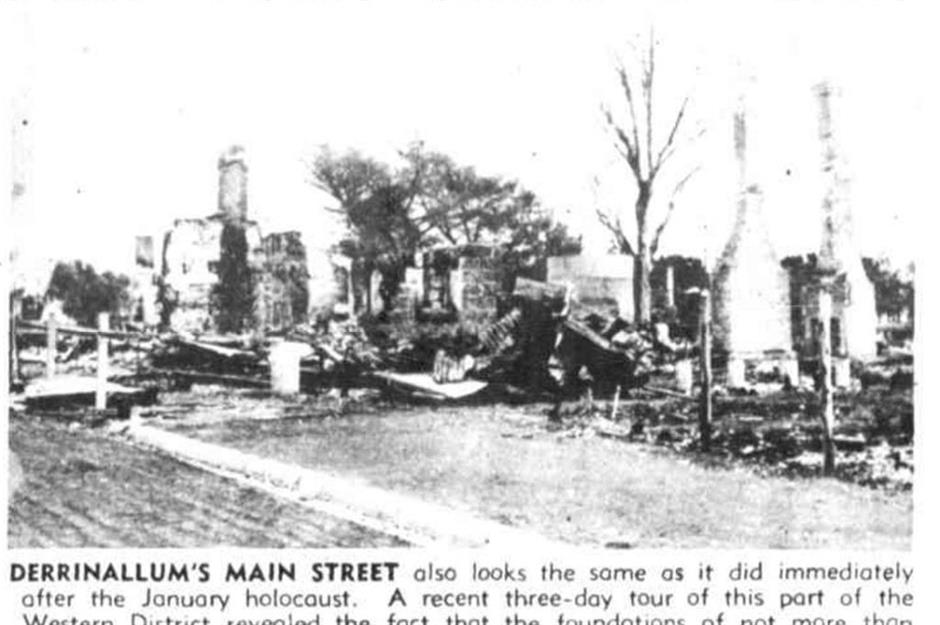
1962: Victoria bushfires
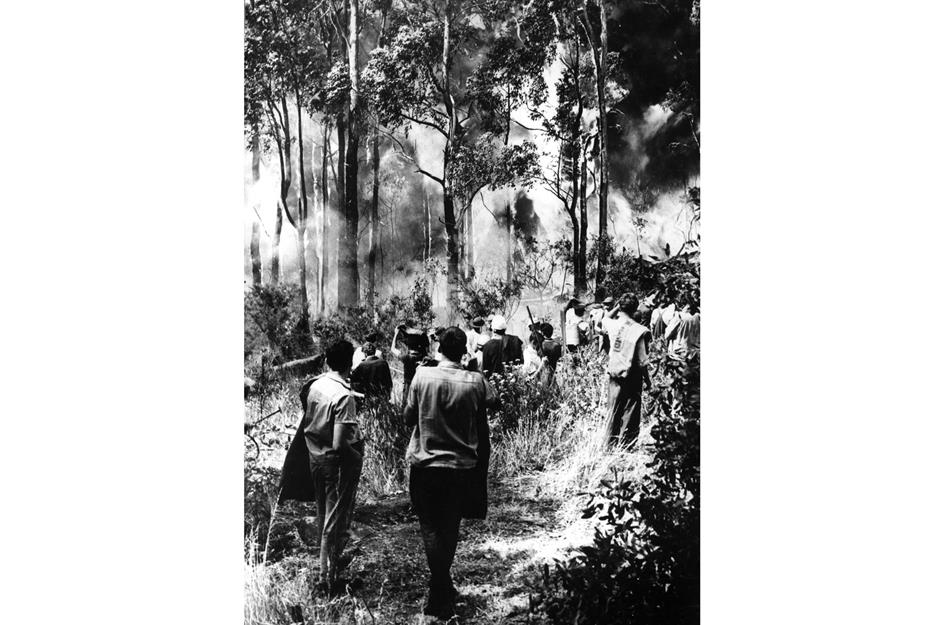
1962: Victoria bushfires
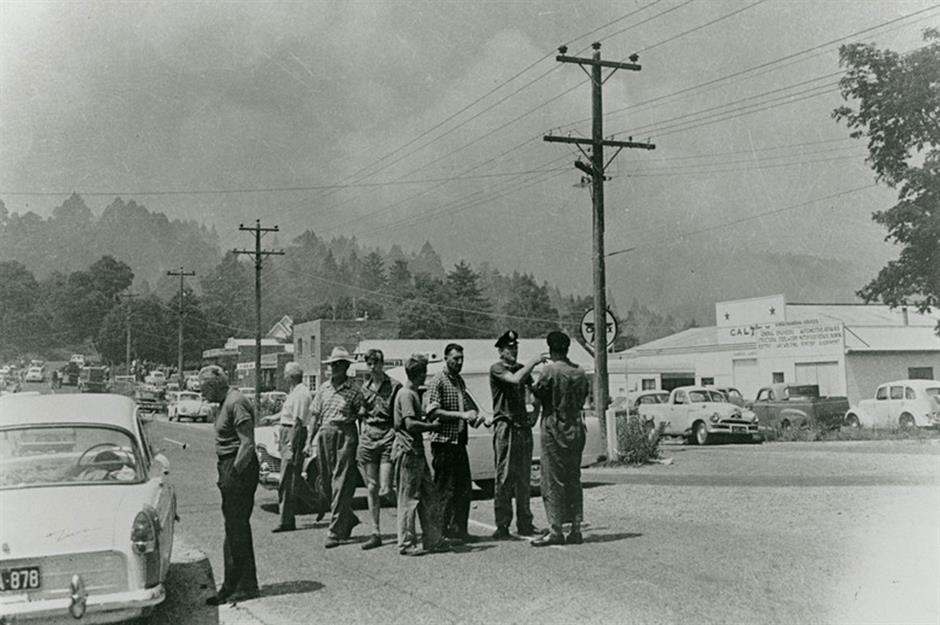
1962: Victoria bushfires
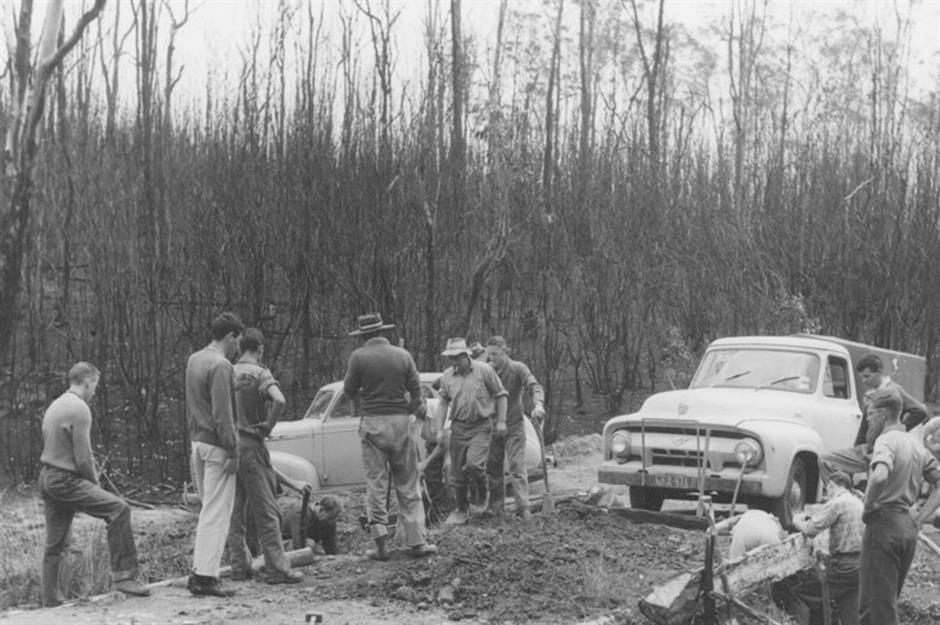
1967: Black Tuesday bushfires
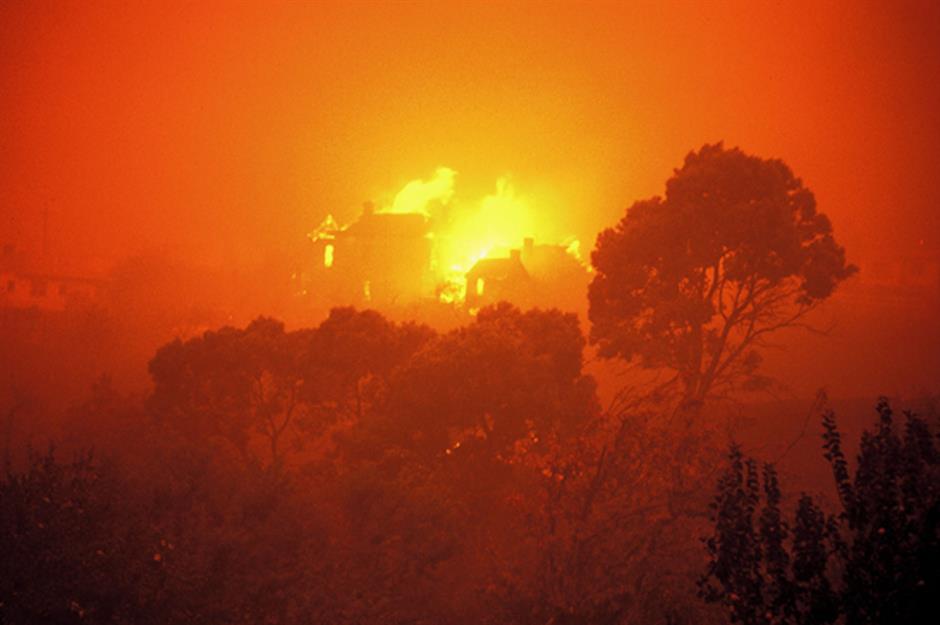
1967: Black Tuesday bushfires
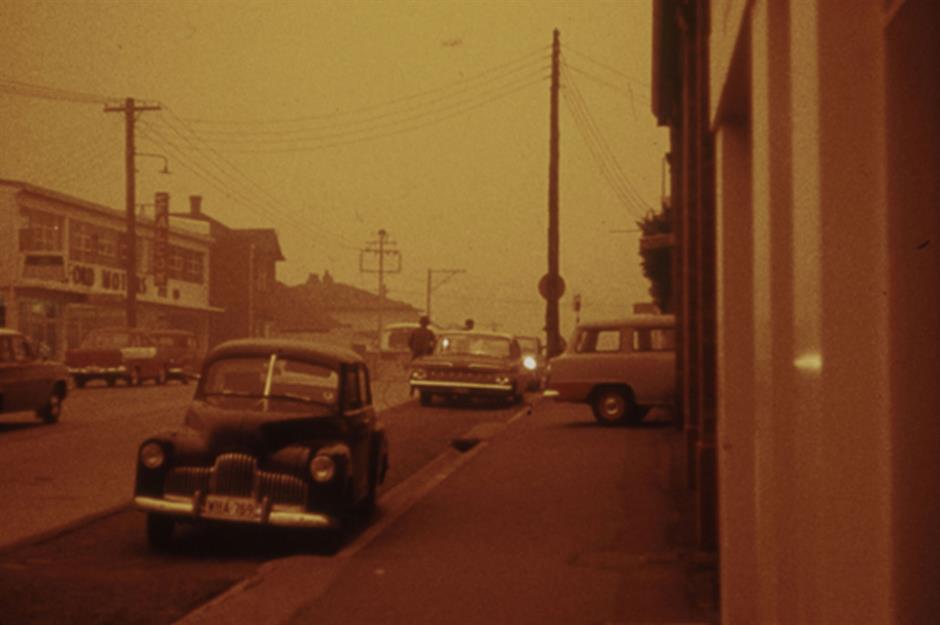
1967: Black Tuesday bushfires
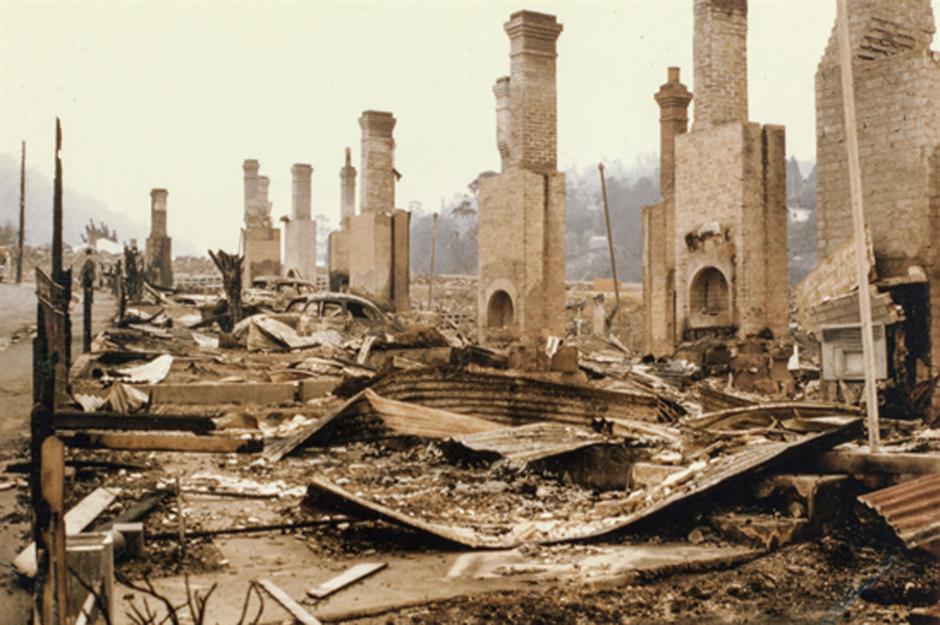
1969: Victoria bushfires
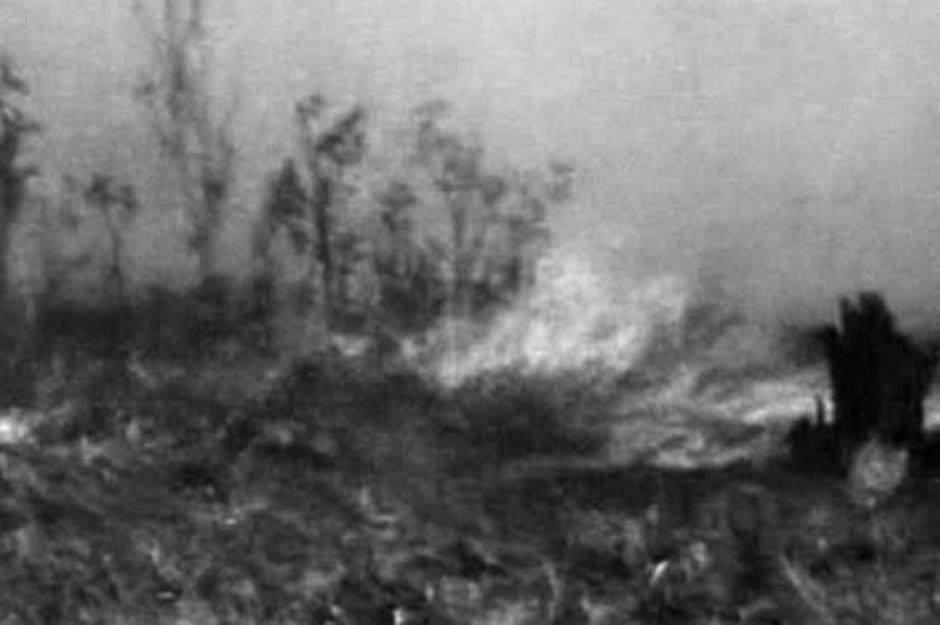
1969: Victoria bushfires
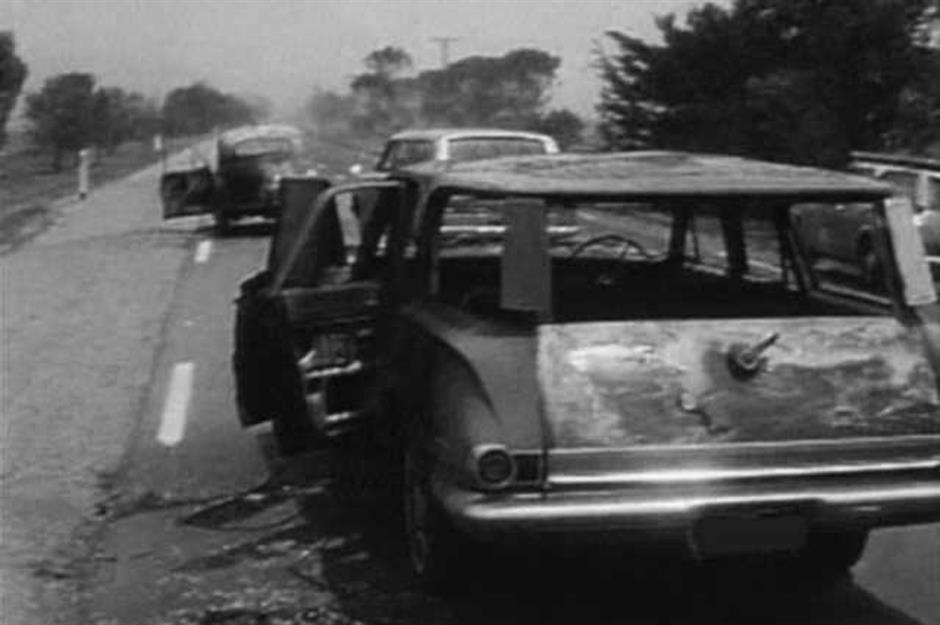
1969: Victoria bushfires
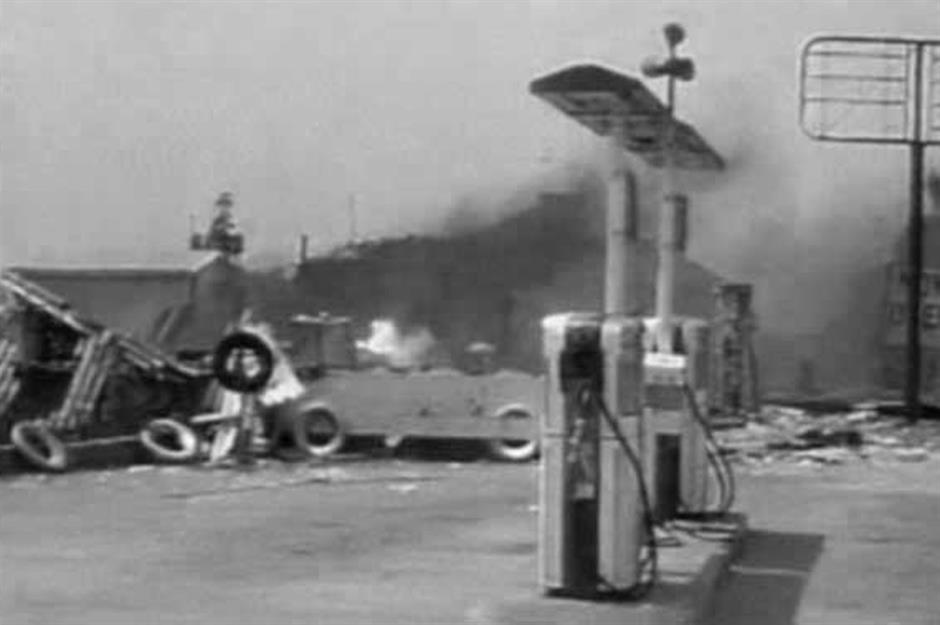
1983: Ash Wednesday bushfires
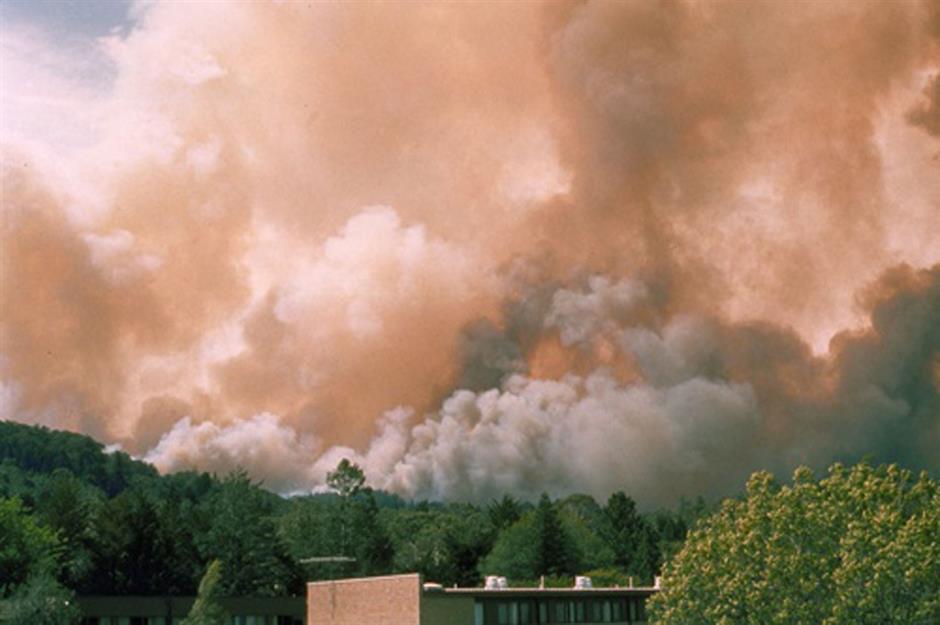
1983: Ash Wednesday bushfires
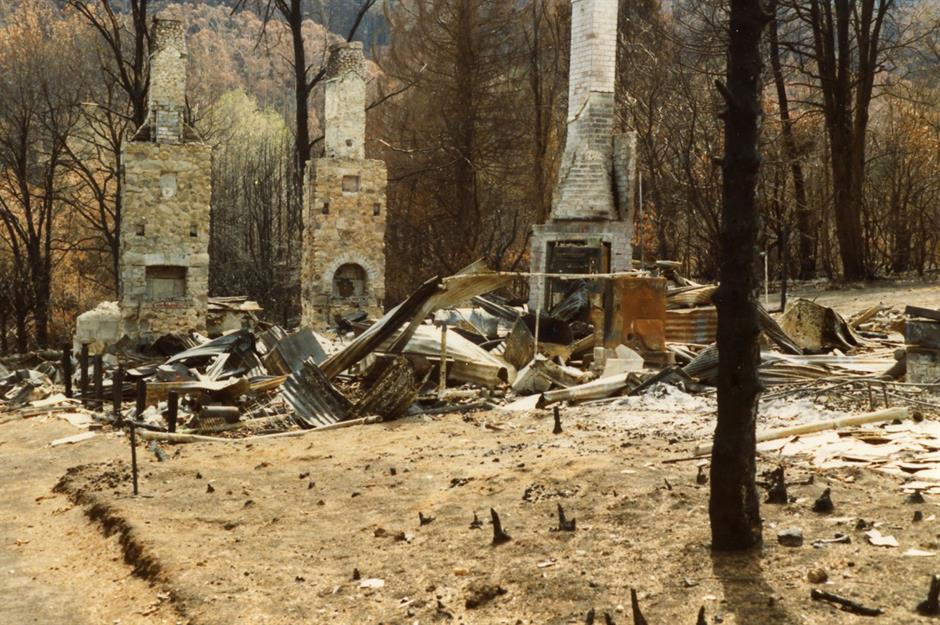
1983: Ash Wednesday bushfires
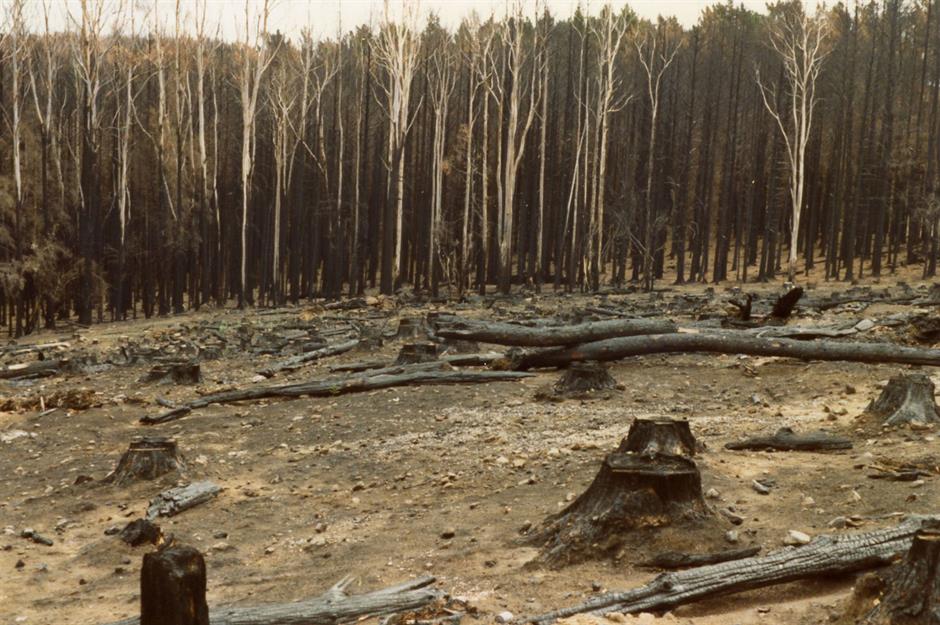
2009: Black Saturday bushfires
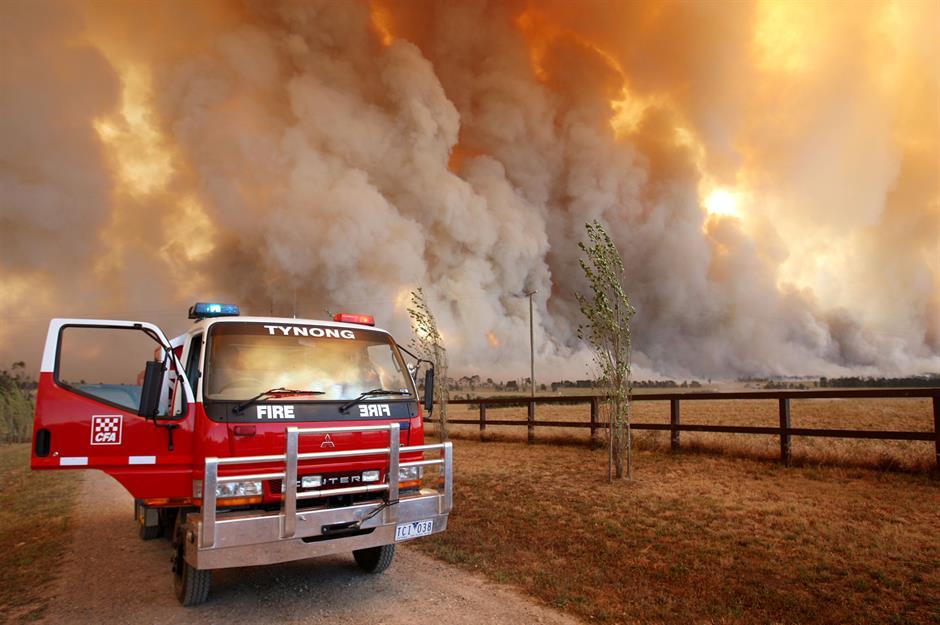
2009: Black Saturday bushfires
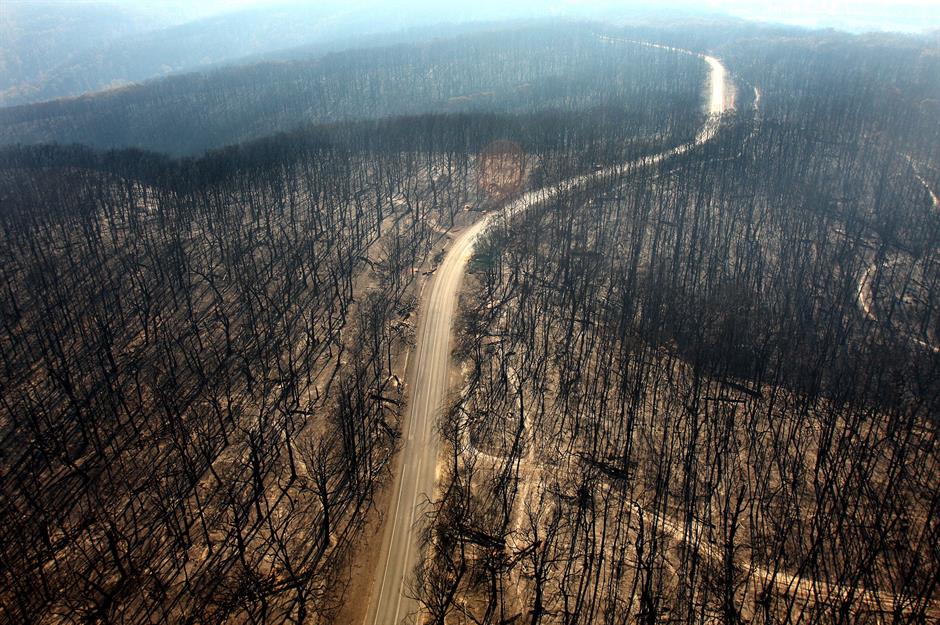
These hazardous weather conditions combined to whip up the deadliest bushfires Australia has ever experienced. One resident likened the unpredictable infernos to the gates of hell. Around 400 major fires were burning or had been ignited that day, triggered in the most part by downed power lines, lightning and arson attacks.
Jaw-dropping images of the world's weather taken from the skies
2009: Black Saturday bushfires
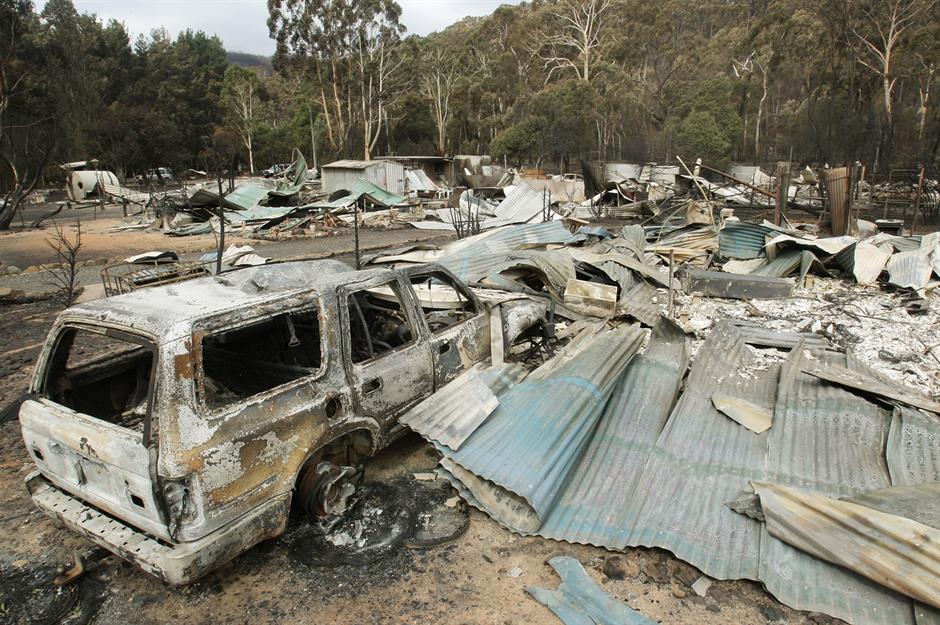
More than 78 communities were affected and towns including Marysville, Kinglake, Kinglake West, Narbethong, Flowerdale and Strathewen were virtually wiped off the map. The energy the blazes released was equivalent to 1,500 Hiroshima-like bombs exploding across the state. The fires, which burned 450,000 hectares (1.1 million acres) and destroyed 2,000 homes, resulted in the deaths of 180 people and killed one million animals.
2019-20: Black Summer bushfires
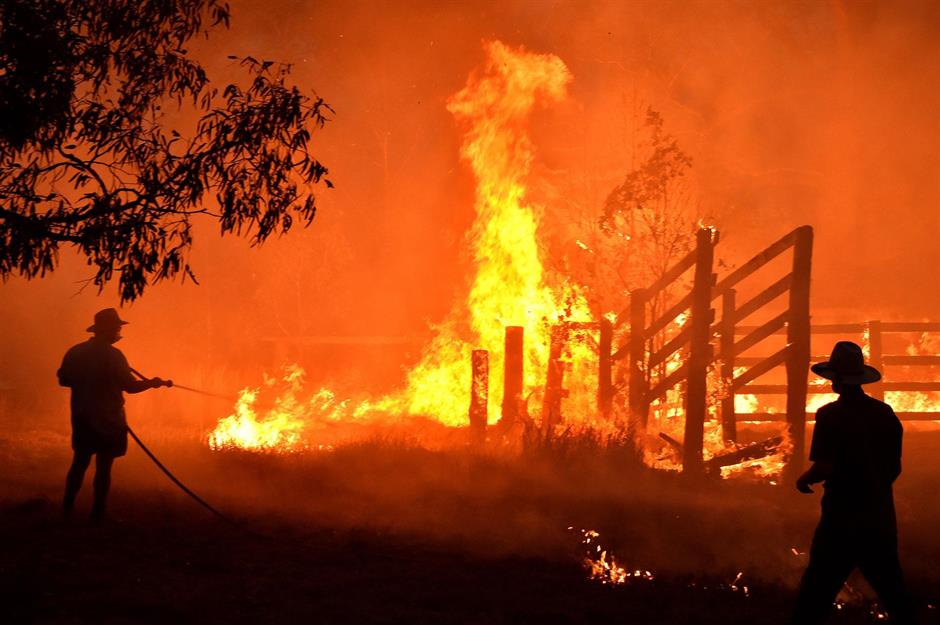
After the 2009 inferno, new fire warnings were put in place to alert residents. The first time the new “catastrophic” warning was issued was during the unprecedented bushfires that threatened lives in Queensland and New South Wales during late-October and early-November 2019 and raged into 2020. By Christmas bushfires had burned around 1.6 million hectares (3.9 million acres) of land, the worst disaster in 25 years.
2019-20: Black Summer bushfires
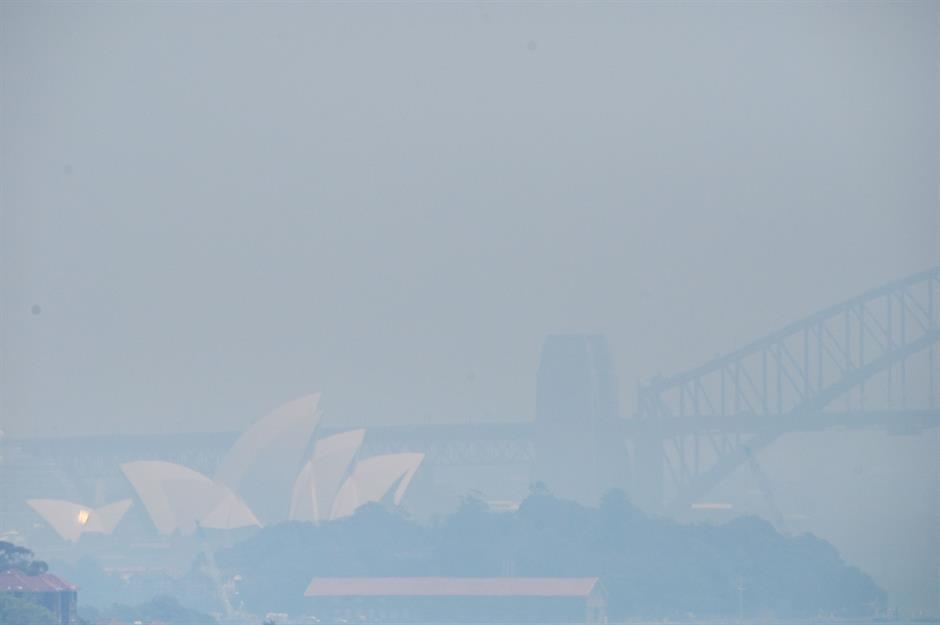
2019-20: Black Summer bushfires
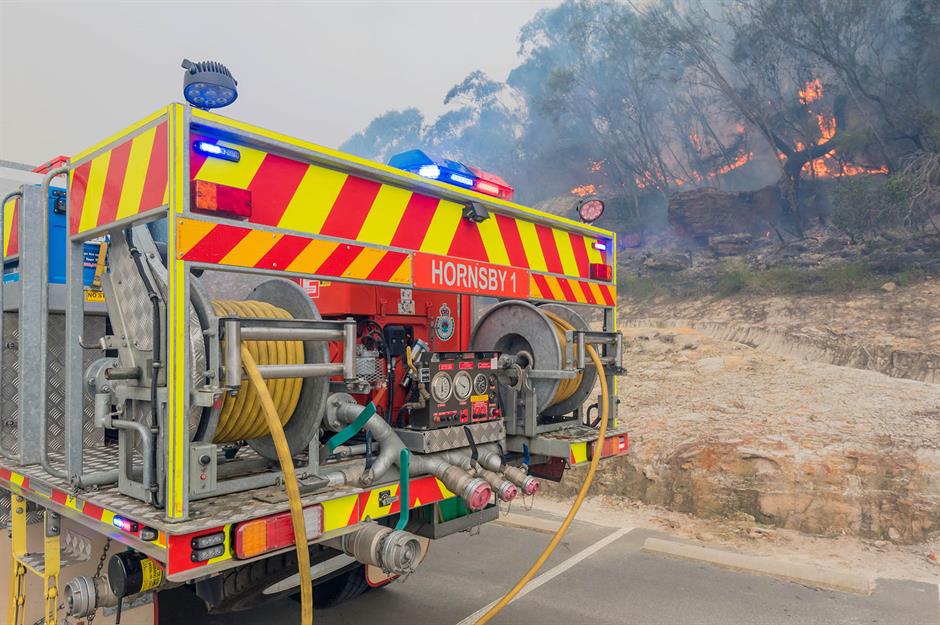
The conflagration became known as the Black Summer bushfires and it took until March 2020 for the last of the fires to be extinguished. The consensus is that a combination of high temperatures, record-breaking low levels of rainfall during the preceding year and hot and dry westerly winds exacerbated the blazes. Over 93,822 square miles (243,000sq km) were burned, 479 lives directly and indirectly lost and over £1.92 billion ($AU 3.65 billion) caused in damage.
2019-20: Black Summer bushfires
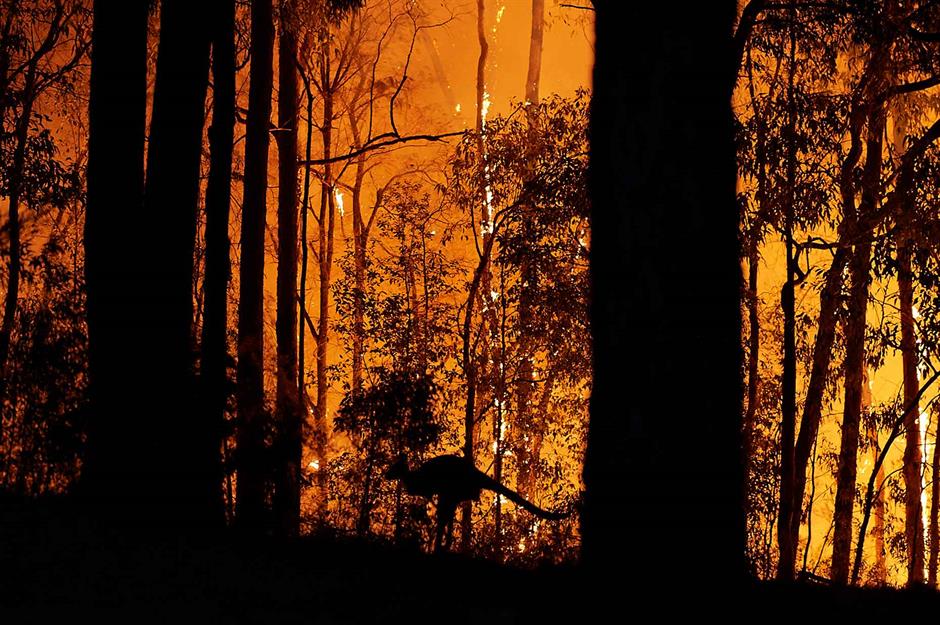
Animals fell victim too. Ecologists from the University of Sydney estimated over one billion mammals, birds, and reptiles were lost with fears that entire species of plants and animals may have been wiped out. Look carefully at this haunting image and you'll see a kangaroo running for its life among the smoke at Colo Heights.
Comments
Be the first to comment
Do you want to comment on this article? You need to be signed in for this feature